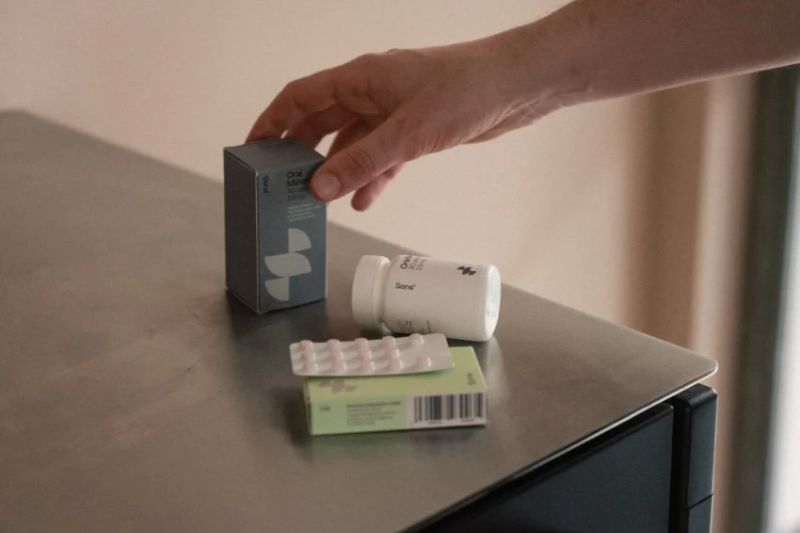By 2030 the impact of online shopping and home deliveries could mean more than half of today’s high street stores will have closed according to  a new report from ParcelHero. David Jinks, head of consumer research at ParcelHero, explains why.
a new report from ParcelHero. David Jinks, head of consumer research at ParcelHero, explains why.
Last November UK weekly online shopping spending reached the landmark figure of £1Billion: great news for e-commerce retailers, but a wake-up call to high street stores. The latest ONS retail figures revealed UK shoppers’ weekly online spending increased by 26.8% on 2015. This means the much heralded death of the high street is nearer than people think.
ParcelHero’s new report – 2030: The Death of the High Street – reveals that by 2030, just 13 years’ time, the impact of online shopping and home deliveries will mean over half of today’s town centre stores, with all their familiar names, will be a memory. This year Staples, Banana Republic and American Apparel join the long list of UK high street names that have failed to fight the onslaught of e-commerce. And M&S will be closing 53 stores and reducing its clothing offering in others; highlighting the peril facing town centre shops.
Back in 1950 there were 600,000 stores in the UK, but by the time the impact of e-commerce really began to kick in, around 2012, there were just 290,000 left. Just 220,000 will survive by 2020 says The Centre for Retail Research; and our research shows that the exponential rise of home deliveries means between 2020 and 2030 half of the UK’s existing shop premises will have disappeared. That’s a further 100,000 stores closing between 2020 and 2030; leaving just 120,000 shops on our high street.
The reason is obvious: by 2030 e-commerce will account for around 40% of all UK retail sales. And that will do some very concerning things to the high street’s remaining ecosystem.
For example, supermarket’s physical store sales will slump from 42% to 24% by 2030: and that’s not enough to remain viable. Superstores, department stores and other chains rely on volume because of their small margins. Many well know store brands will reach tipping point, and will vanish from the high street.
Department stores have already crumbled under the attack of e-commerce; Alders and BHS will not be the only failures. Of the surviving 200 large businesses, 48 business are already labelled in danger and 53 made a loss last year. How long can the sector continue?
One of the store-types set to be hardest hit is fashion retail. Clothing stores are set to be the fashion victims of the rise of e-commerce. From American Apparel to Viyella, clothing store brands have rapidly disappeared from shop fronts. In 2013 alone there was a net loss of 264 fashion stores from our high street. The online fashion industry will reach £36.2bn by 2030: 63% of the market compared to today’s 21%. Online retailers are stripping the shirt from the back of high street clothing stores.
Other sectors are already reaching their final chapter. Remember Borders, Booksetc, Dillons and Ottaker’s? The traditional high street book store industry is collapsing at 2.3% sales decline a year; with just 1,071 retail businesses remaining. We forecast just 535 left in our major towns and cities by 2030.
Of course, many brick and mortar stores are already increasing their online presence considerably. Tesco.com is second only to Amazon in internet sales in the UK; after all, the first ever online sale in the world was by Tesco. And today the trusted high street department store John Lewis reports 25% of its sales are now through the internet. That’s more than its flagship Oxford Street store brings in. But these sales are often at the expense of retailers’ own High Street shops. They are, in effect, cannibalising their physical store sales.
Of course, no one wants a town centre largely filled with nail bars, chicken shacks, charity shops and boarded-up windows. Does the rise of e-commerce mean this is the high street’s inevitable end?
Our report reveals there can be a thriving future for our town centres; but they must become different places. High streets need to return to a Victorian model. Shopping should become a more social experience again. Homes must also return to UK high streets to prevent no go areas after 6pm.
More people returning to live in our city centres will encourage more around the clock restaurants and convenience stores; which means the high street will become more welcoming again in a virtuous circle.
And new waves of stores, such as 3D printing outlets, and large pick-up and delivery locker stores, will fit round the technological revolution. Hub and spoke distribution, with electric or hydrogen vehicles performing the final mile into high street stores or homes, will cut down further on jams and pollution.
But for this to happen, building use regulations need to change urgently, rents and rates need to become more realistic; and central and local Government will need to respond urgently to the challenge; concludes our report. Otherwise the conquest of e-commerce really will see our high street become a dead end.
The full report is available at https://www.parcelhero.com/blog/news-updates/2030-dead-end-for-the-high-street.
David Jinks is head of consumer research at ParcelHero.








